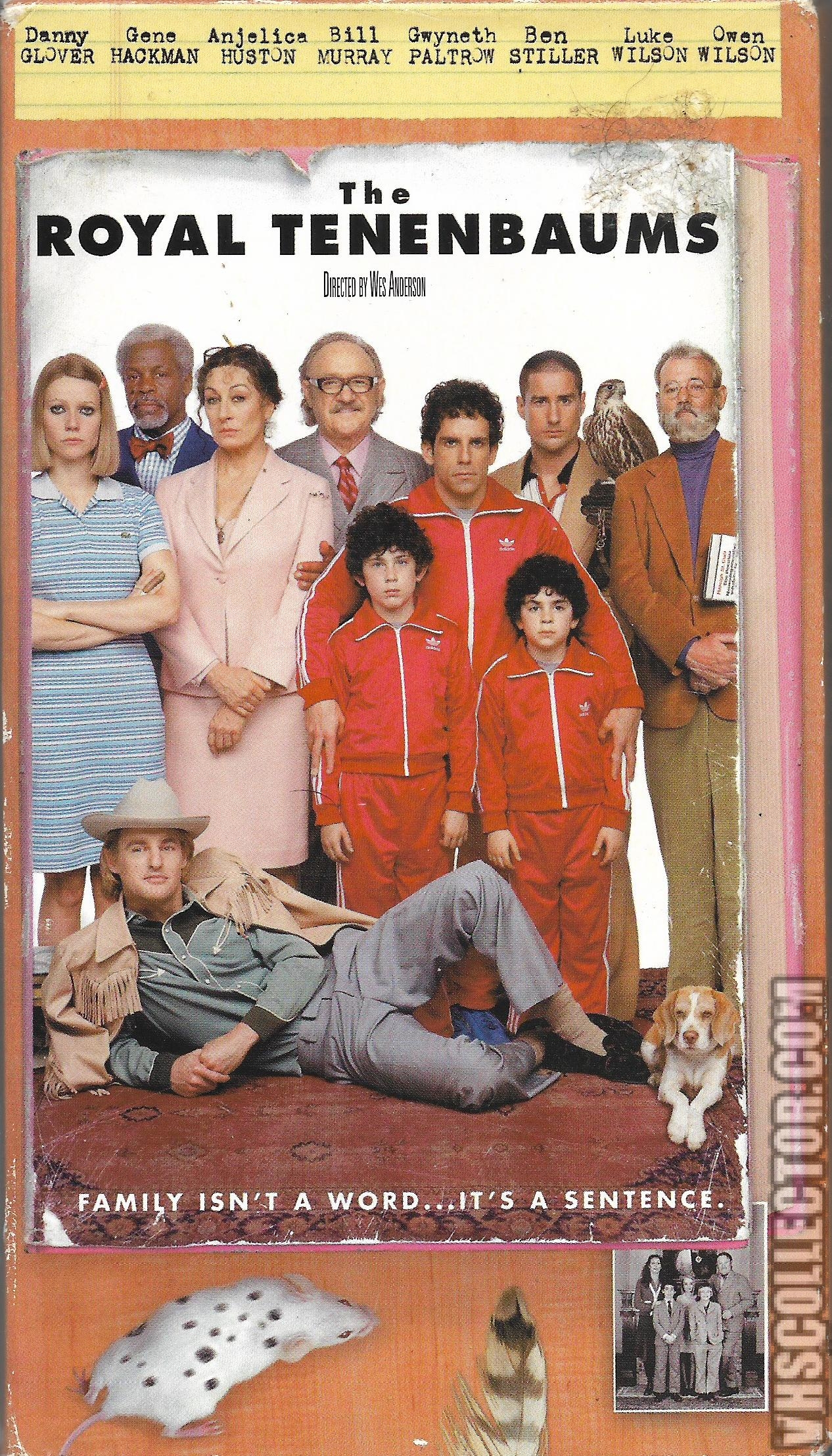Hi, hello, and welcome back! Today I drew up the storyboard for the first 48 seconds or so of the opening. As I've mentioned before, I want the opening to consist of a montage of my main character painting with music on in the background followed by a conversation with one of her friends. So, I planned out all the shot for my painting scene. Before I get into showing the storyboard and shot list I want to discuss a couple key elements I'm trying to include in the opening:
Numero uno- Having the painter's movement sync up with the music (I think this'll reflect how when the main character is doing what she loves she's in her element)
Numero dos- Having things throw in and out of frame
Numero tres- A good amount of camera movement
Numero cuatro- Playing with non-diegetic and diegetic sound
In case you're wondering what inspired me to make some of these choices, I'll tell you. I don't remember exactly when, but I saw a youtube video on Edgar Wright and visual comedy within his films (
link here.) I found it really interesting so I watched Scott Pilgrim vs. The World and even though I have some critiques for Wright on that film, I loved the way it was made! Since I choose to do a dramedy I wanted to implement some of the techniques he uses for visual comedy. To be honest, I don't think anything will be "haha laugh out loud" funny but I do think it'll add some lightness to the film so I should be good. Besides, The Royal Tenenbaums didn't make me laugh out loud but I totally see how it's a comedy-drama. Anyways, enough of what inspires me. Let's get to the real stuff.
Here's the messy shot list I was keeping as I came up with ideas:
(less blurry when you click on it)
Here's a cleaner version of the shot list:
MC=main character
OOWO="Oh oh woaaaa-oh"
1. Start at floor/MC's feet and tilt upwards, revealing costume (earbuds in)
2. Stop at medium shot and zoom in slowly. (POV shot from canvas) Stop when the song says OOWO for the first time. Here the actress would wobble her head a little to go with the music
3. Quick close up on paintbrush being dipped in to paint
4. Close up of brush painting on canvas. Syncs up with beat of song
5. Zoom out from previous shot and do half of a circular dolly shot to get a medium shot of MC's back to the camera. MC's head slightly moves side to side to music
6. Medium shot of the MC painting from the front. Head still moving.
7. Shot of dirty white sneakers with paint dripping on them. Hand comes into frame and dips brush in water
8. POV shot of brush swirling in water from bottom of cup
9. Medium shot of MC examining canvas. POV shot from canvas
10. Quick shot of brush picking up paint from palette
11. Back to POV medium shot. MC steps forward and paints over lens
12. Shot of MC's hand picking up a rag. This is a tracking shot that ends in a medium shot of her painting, sort of from a diagonal. She throws the rag behind her out of frame
13. Shot of the rag landing in pile of a bunch of other used rags
14. Close up of hands wiping off paint on beat to the music
15. Either extreme close up of her eyes or very tight close up with her eyes as the focal point. Pan/tracking shot of her eyes as they follow her painting on the canvas. She'll have to bend down for this
16. Circular dolly shot that reveals someone in her doorway in the back. Person shouts "hey!" three times in sync with the music but she can't hear it so they throw a rag at her and her earbuds come out, music stops.
Side note: Everything is subject to change
Here's the storyboard:
I think this was the hardest part to plan the shots for because of the music so I hope the rest of the storyboard takes less time. Also I have to admit, I'm worried about the timing; I feel like I have a lot for just 48 seconds but I think if I plan well enough I can make it happen. I've got to cast the MC soon if I want her to learn all the exact movements. Also, I don't think the storyboard will be done by the end of this week, sadly. But on the bright side I now know my main camera movements so I can start getting equipment/researching how to DIY it. I've very tired right now. It's late. But I'm still excited. See you next time.









